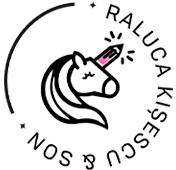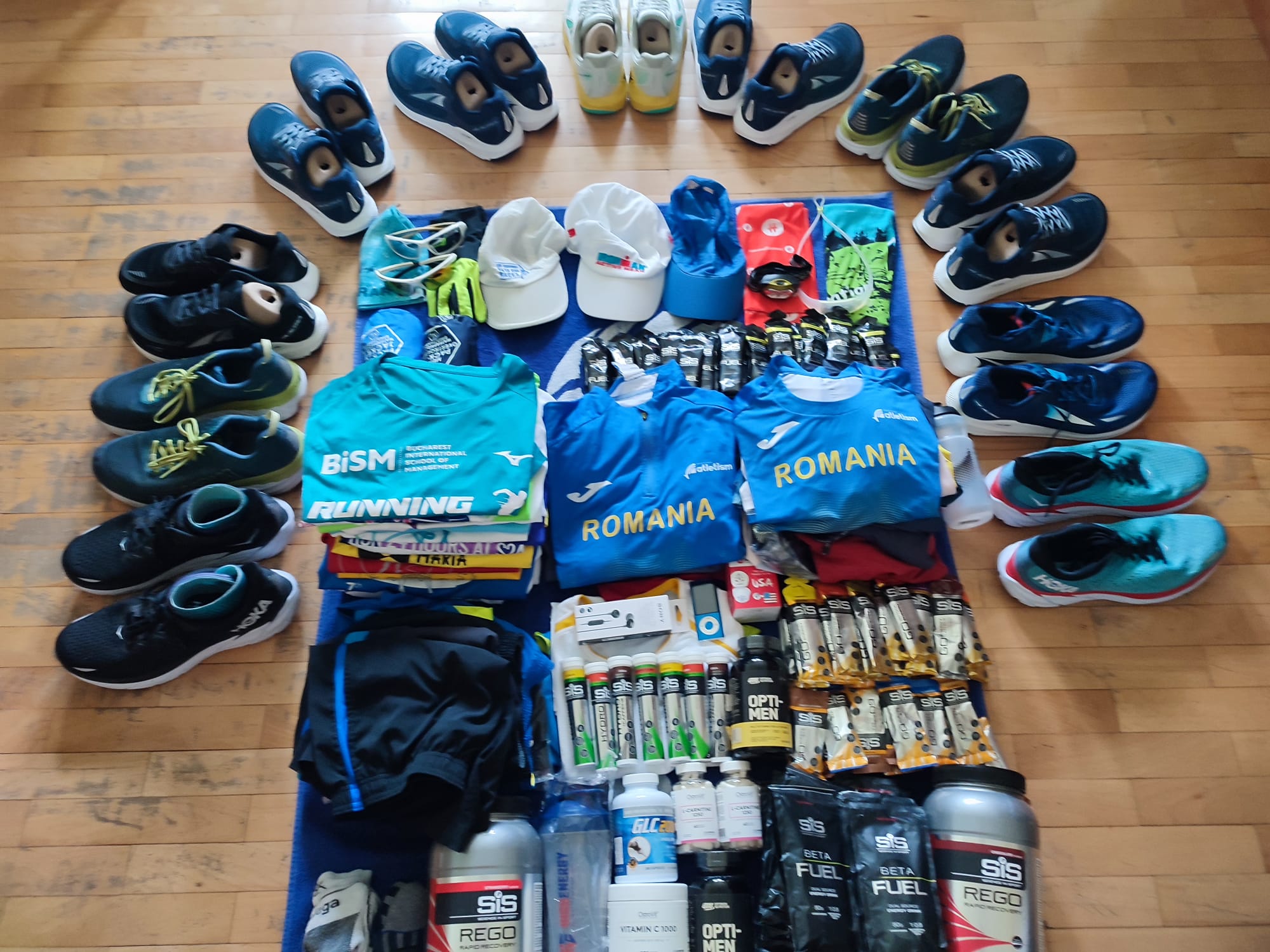The Outside-in Thinking Advantage (forget about out of the box)


The global shift to a future of work is defined by an ever-expanding cohort of new technologies, by new sectors and markets, by global economic systems that are more interconnected than in any other point in history, and by information that travels fast and spreads wide. The coming decade will bring even more information, more complex problems to be solved, more dots to be connected in order to find the best solution.
Moreover, the pandemic year 2020 showed the world in general and the business world in particular that little of the past well-known recipes of success can actually work in a totally different, highly unpredictable environment. Therefore, is it so unreasonable to think that the outsider advantage might be a great step forward in solving some of the current world’s problems?
In his book Range, David Epstein had a chapter dedicated to The Outsider Advantage.
Alph Bingham will be the first to admit it: he is hyperspecialized with a PhD in organic chemistry (not chemistry). “If there is not a carbon in it, I am technically not qualified, ok?”
He said he noticed that the most clever solutions always came from a piece of knowledge that was not part of the normal curriculum. One good example was using a piece of knowledge from his childhood - cream of tartar - to synthetise a molecule in four short steps. This ingredient is not common within chemists. With this “outside thinking” idea in mind, Alph tried to thing one could buid an organization that solves problem this way.
In spring 2001, while he was a VP of research and development strategy at Eli Lily, Bingham had a chance to build such an organizarion. He had collected twenty-one problems with no solutions from the team of scientists within the company and asked for approval to post them on website. When his colleagues discovered the initiative they complained to the top management that he would publish confidential information and also asked him: “why the hell do you think anyone other than us can solve the problem?”
This is rather common in many organizations: first, it is the confidentiality issue, then it is the conviction that no-one OUTSIDE the company could find a better solutions to its problems that it own employees or even worse - its top management exclusively!
One molecular synthesis solution to one of the twenty-one problems posted by Bingham came from a lawyer whose relevant knowledge came from working on chemical patents. He saw parallels to the chemical structure of the molecule they needed.
Bingham noticed that companies use specialists from a single domain trying solutions that worked before. This is not wrong, but it is not always productive, as sometimes (or many times) the specialist are stuck on fixed pathways. From a simple posting on the company’s website, Bingham went to creating a company named InnoCentive, who facilitates entities in any field acting as “seekers”, paying to post “challenges” and rewards for “solvers”. He observed that framing the challenge so it attracted a diverse array of solvers was a chance for better and more solutions. The more likely a challenge was to appeal not just to scientists, but also to attorneys and dentists and mechanics, the more likely it was to be solved. He named it “outside-in thinking”.
The history abounds in outside-in thinking. Napoleon found the solutions to carry provisions for more than the equivalent of a few days from the Parisian foodie and confectioner Nicolas Appert. He placed food inside of thick champagne bottles, which he sealed to make air tight and then placed in boliling water for hours. Appert’s innovation was a forerunner to canned food.
InnoCentive was a help medium for companies as big as NASA or Exxon Valdez. Almost 20 years after the Exxon Valdez oil tanker famously hit a reef and leaked its payload intor the Prince William Sound, there was still a fair amount of oil stuck along Alaska’s coast. It looked like a “chocolate mousse”, but not as tasty and was a real threat to the ecosystem. Still no solution was found to discharge it. Davis, an Illinois-based chemist, used a distant analogy: he visualised the problem as drinking a slushy.
- You end up having to whip around the straw to stir it up, he said. This observation lead him to something else, this time from construction area. While he was helping a friend to build a longflight of concrete steps, he noticed that for the concrete not to harden during transportation, somebody grabbed a rod attached to the motor and touched it to the mound of concrete, so that it fluidized instantly.
using the two analogies, David found the long-thought solution for Exxon: to attach vibrators to a barge and do to the “chocolate mousse” what they aready did with the concrete. The final solution was a 3 page document.
We tend to view things with all the information we have gathered in our industry and sometimes that leads to nowehere. When Karim Lakhani, codirector of the Laboratory for Innovation science at Harvard, had InnoCentive solvers rate problems on how relevant they were to their own field of specialisation, they found out that the further the problem was from the solver’s expertise, the more likely they were to solve it!
Big innovations most often happen when an outsider REFRAMES the problem in a way that unlocks the solutions.
Sometimes, the outsdier advanatge can save lifes, like in the example below:
Jill Viles, a 39 year old woman in Iowa had an elaborate theory connecting gene mutation that withered her muscles to those of an Olympian sprinter. In online pictures of Priscilla Lopes-Schliep, one of the best sprinters in Canadian history, Jill recognised a familiar pattern - missing fat on her limbs. The idea that a part-time substitute teacher using google images as a scientific tool would make a discovery about a pro athlete was too much for David Epstein, the author of Range. When Jill was 4, she discovered that her father, her brother and herself had higher than normal levels of creatine kinase, an enzyme that spills from damaged muscles. By the time she was 8, the fat on her limbs was vanishing. In college, she came upon a paper in Muscle and Nerve talking about Emery-Dreifuss muscular dystrophy and the pictures shown looked like what her father had for his arm. It was in the description that she read about cardiac symptoms associated to it, so she brought the papers home and took her father immediately to cardiology. His pulse was either ready to win Tour de France or drop dead. Immediately he went for surgery for a pacemaker. Basically, Jill’s outside-in knowledge saved her father’s life! This was not the only time she helped herself and her family with joining dots from different directions.
The more information specialists create, the more opportunity exists for curious dilettantes to contribute by merging strands of widely available but diparate information.
InnoCentive should become a norm for more. The huge available information is not only a basis for complex problem solvers, but also great material for those who want to innovate - they can excavate old knowledge but wield it in a new way.
What could be 4 immediate solutions to the above information - just an exercise that I did for joining disparate information?
- Companies to create their own InnoCentive - asking their Customers or the general public to solve their complex issues for which they can not find solutions themselves.
- The HR departments or executive search consultants - do not look for the same profile from the same industry if you are asked to hire. In the current world where nothing can be placed under similar past patterns in terms of solutions that work, it is even more necessary to cross insutries and expertise.
- Marketers - maybe you consider to surprise your customers less and involve them more. It is cheaper, more productive and much more tailored to the current situation we are facing
- Marketers - maybe you should test the option of a different type of influencers: the “outside-in solvers”, people who would actually love your product (not just promote it for money) and review it for real. There are infinite options how to create these communities out of your customers and even people who hate your products.















